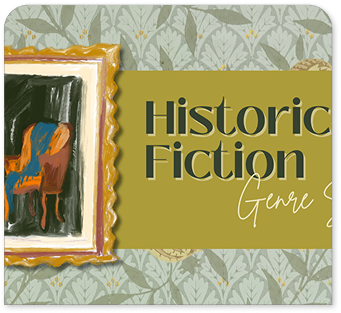-
Mon-Fri: 10AM to 8PM 01722665665
-
My Account
-
-
0
Total :
₹ 0.00

Yes, it follows the PU Political Theory-I syllabus exactly.
It includes liberal, Marxist, Gandhian, monistic, and pluralistic theories.
Yes, it covers foundational concepts helpful for civil services and other exams.
Yes, Unit II clearly distinguishes between the two.
Yes, Unit II covers both theories in detail.
Yes, Unit III discusses liberal and socialist perspectives on the Welfare State.
Yes, Unit IV explains his model along with Almond & Powell’s views.
Yes, suggested readings are provided for additional study.
Absolutely, its structured format makes it ideal for independent learning.
It focuses on textual explanations but covers concepts systematically.
No Description Added
Yes, it follows the PU Political Theory-I syllabus exactly.
It includes liberal, Marxist, Gandhian, monistic, and pluralistic theories.
Yes, it covers foundational concepts helpful for civil services and other exams.
Yes, Unit II clearly distinguishes between the two.
Yes, Unit II covers both theories in detail.
Yes, Unit III discusses liberal and socialist perspectives on the Welfare State.
Yes, Unit IV explains his model along with Almond & Powell’s views.
Yes, suggested readings are provided for additional study.
Absolutely, its structured format makes it ideal for independent learning.
It focuses on textual explanations but covers concepts systematically.


